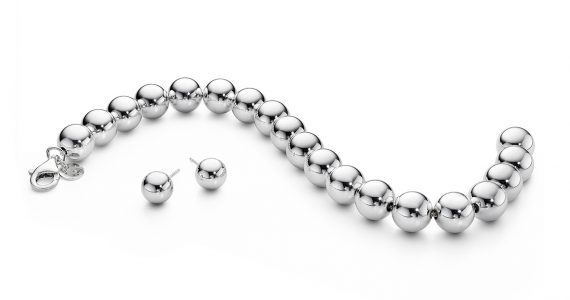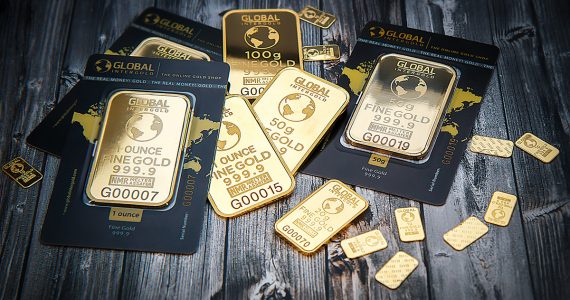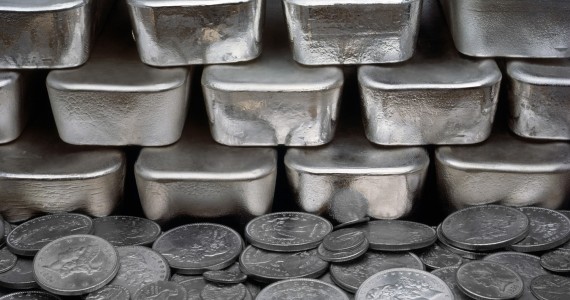Many of us are not very knowledgeable about the different kinds of metals there are. We probably only know the most popular ones: gold, silver, platinum, nickel, copper, and then some. It’s always interesting to learn a thing or two about minerals and precious metals. To add up to your knowledge of these metallic elements, here’s a profile of a member of the six metals under the platinum group metals (PGM) called iridium. You will be surprised to know that these unheard of types of metals actually form part of the many things we use and encounter every day.
Characteristics of Iridium
Iridium is a hard and lustrous member of the platinum group metals which displays high stability in high temperature conditions and in chemical environments. The metal in its raw and pure state is extremely stable and highly dense.
Among all metallic elements, iridium is known as the most highly resistant to corrosion because of its ability to resist attack from oxide, salt, mineral acids and aqua regia (a combination of hydric and nitrochloric acid), but is vulnerable to attack coming from molten salt like sodium cyanide and sodium chloride. Other than being highly non-corrosive, it is also the second most dense of all minerals because of its extremely high melting point and high stability in high temperatures.
Moreover, iridium is considered the second highest in terms of modulus of elasticity among all metal elements which means that the metal is very durable and resistant to deformation. This characteristic of iridium makes it an essential alloy-strengthening component. For example, when platinum is alloyed with 50% iridium, the metal is nearly ten times harder compared to its pure state.
A Brief History
Smithson Tennant discovered iridium in 1804 during an examination of platinum ore. However, it was not until after 40 years that a pure iridium metal was produced since his discovery. John Isaac Hawkins was the first to develop the metal for commercial use in 1834. After learning about the element’s properties, he started making the first iridium-tipped gold pens.
The second half of the 19th century was about further innovations using iridium. Johnson-Matthey, a British company, developed iridium-platinum alloys. It was first used on Witworth cannons during the American Civil War.
Before iridium alloys were introduced, the cannon vent pieces which held the weapon’s ignition were known for deformation because of repeated ignition and high temperature in combustion. When iridium alloys were applied to the vent pieces, the cannon held its shape and form for more than 3,000 charges.
In 1908, Sir William Crookes designed and introduced the first iridium crucibles, a vessel used for chemical reactions in high temperature. This discovery was produced by Johnson-Matthey firm, and Sir William found that iridium was a lot better to use than pure platinum in the crucibles.
In the early 1930’s, the first iridium-ruthenium thermocouples were created. In the late 1960’s, dimensionally stable anodes (DSA) were developed and had an increasing demand for the metal. The anodes which contain titanium and some PGM oxides was a huge breakthrough in chlorine production and caustic soda, and the need for iridium in this development has become more essential.
Production of Iridium
Extraction of iridium is through nickel and PGM –rich ores as a by-product. The PGM concentrates are usually sold to refineries that have its own equipment to extract iridium metal. Once the other PGM particles like gold, silver, platinum and palladium are removed from the ore, the remaining deposit is melted using sodium bisulfate to remove rhodium.
What is left is a residue containing iridium, ruthenium and osmium which is melted with sodium peroxide to remove ruthenium and osmium particles, leaving behind iridium dioxide in low purity.
To purify the metal and remove oxygen, iridium oxide is dissolved in aqua regia using ammonium solution. Following this is process of evaporation drying and burning of hydrogen gas to finally produce pure iridium.
Iridium production is limited to about 3 to 4 tons annually. Most of the production comes from extraction of ore deposits and some of the iridium metal is recycled from catalysts and crucibles.
The main source of iridium is South Africa, and Russia as well as Canada produced this metal as by-product of nickel. The largest producers are Anglo Platinum, Lonmin and Norilsk Nickel.
Uses and Applications of Iridium
Iridium has important uses in a variety of products like the tip of a fountain pen, and its applications is also noted in the field of medicine, in the automobile industry, in electrical, chemical, and electrochemical productions.
From the 198,000 ounces of iridium produced in 2013, about 30 percent was consumed for electrochemical use, 18 percent was used for electrical applications and 10 percent was consumed in the chemical industry. The remainder was used for its other applications such as in medicine and automobile.








